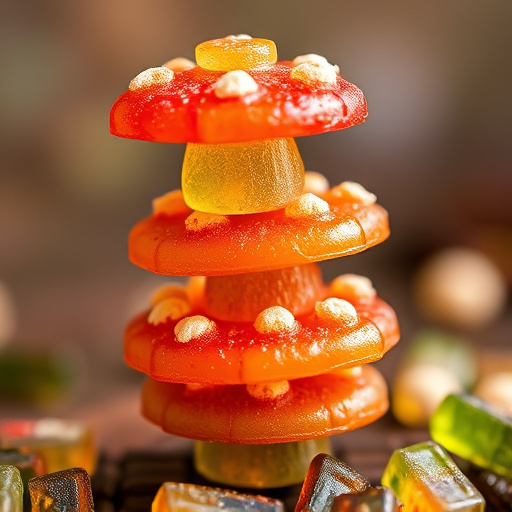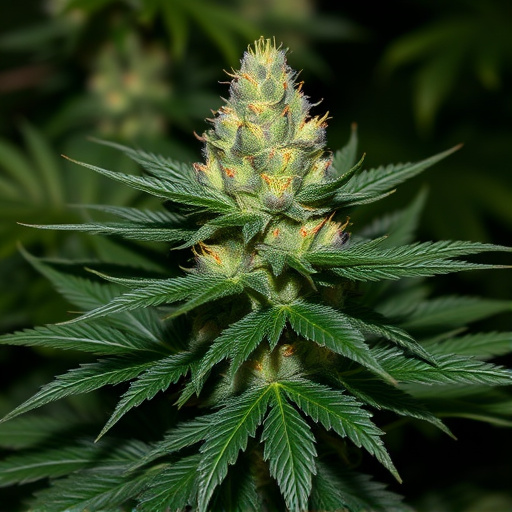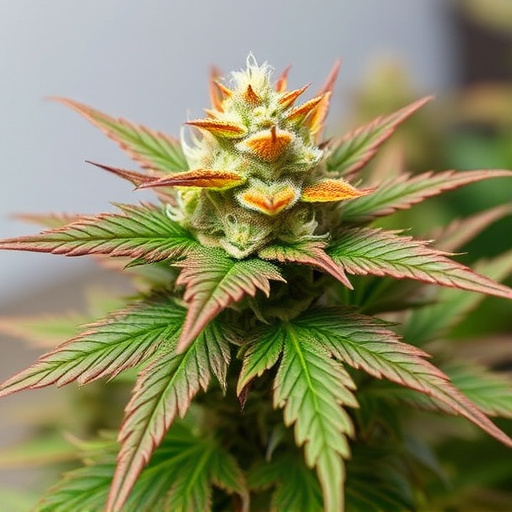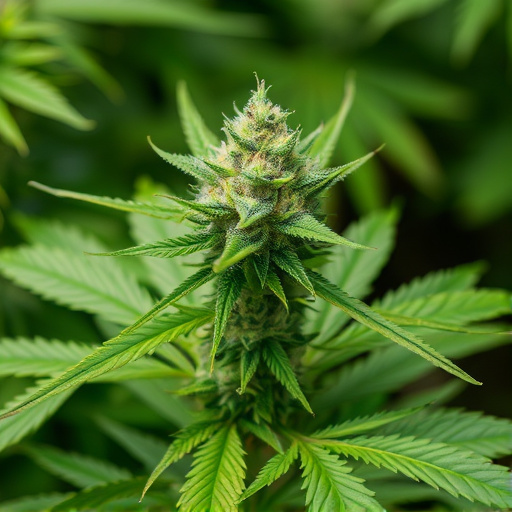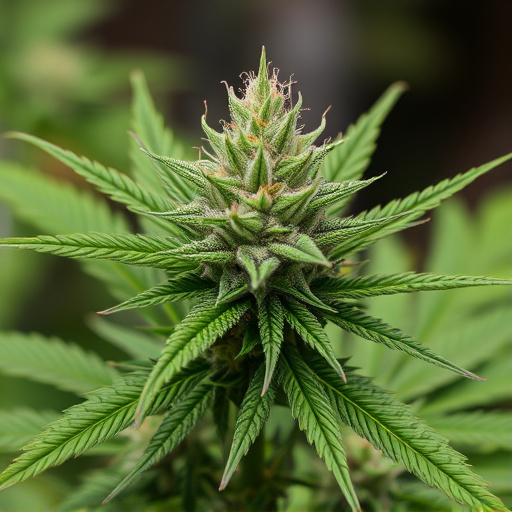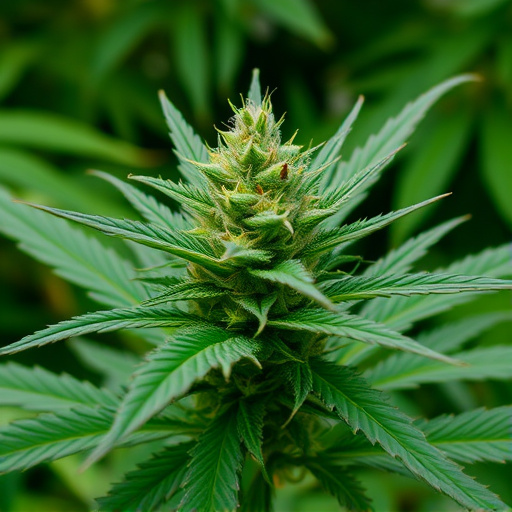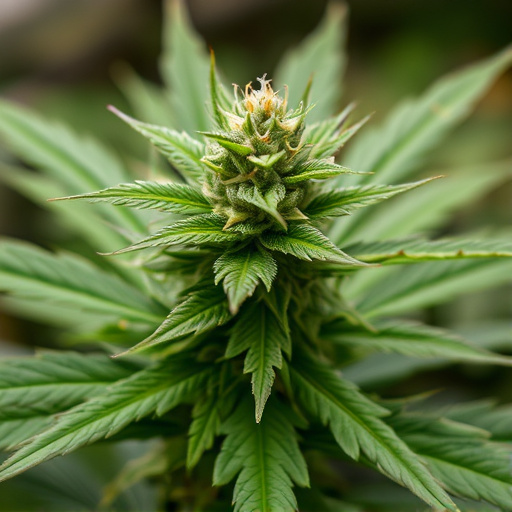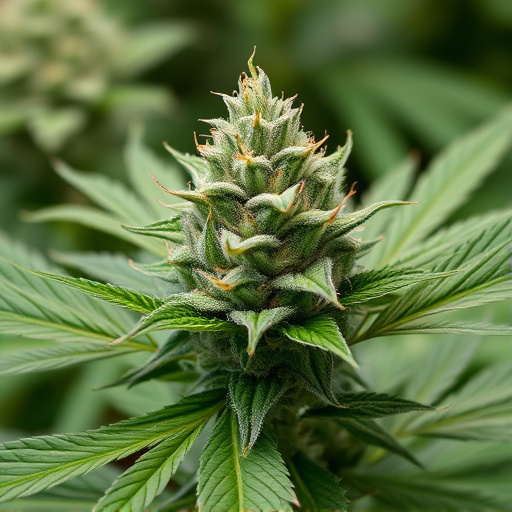The unique 'skunky' aroma of certain cannabis strains results from their terpene profile, which includes compounds like myrcene and limonene. Terpenes interact with cannabinoids (like THC and CBD) to create diverse strain effects, from relaxing to energizing. Understanding these terpene compositions is vital for navigating the varied experiences and olfactory preferences offered by different cannabis strains.
“Unraveling the Skunk Factor: Uncovering the Secrets Behind Cannabis Scent Variation
Cannabis enthusiasts often discuss the diverse aromas among different strains, with some commanding a distinctive skunk-like scent. This intriguing characteristic isn’t just about personal preference; it’s rooted in chemistry. We explore the chemical composition and terpene profiles that contribute to this unique aroma. Delving deeper, we uncover how genetic breeding practices and cultivation techniques play roles, offering insights for growers. Discover why certain strains embrace their skunkiness and how these factors influence the cannabis experience.”
- Chemical Composition and Terpene Profile
- – The role of terpenes in cannabis aroma
- – Specific terpenes associated with skunkiness (e.g., Myrcene, Limonene)
Chemical Composition and Terpene Profile
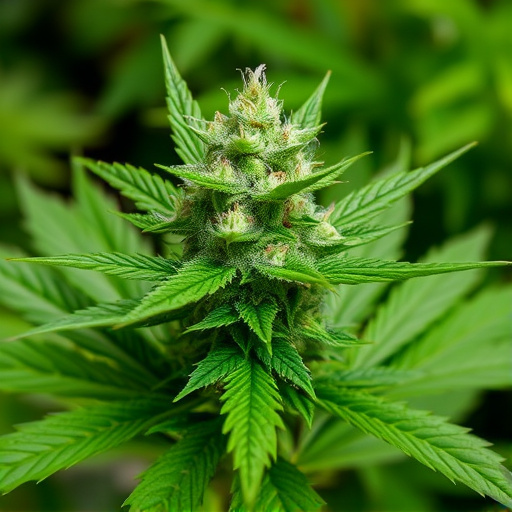
The unique smell of skunkiness in certain cannabis strains is a result of their chemical composition and terpene profile. Cannabis plants produce hundreds of chemical compounds, including various terpenes, which are responsible for the distinct aromas and potential effects associated with different strains. Terpenes are volatile organic compounds that contribute to the plant’s scent and can also interact with cannabinoids like THC and CBD.
Each cannabis strain possesses a unique terpene makeup, leading to varied scents and possible effects. For instance, myrcene is a common terpene known for its earthy, musky aroma and is often linked to sedative and relaxing effects. Limonene, on the other hand, imparts a citrusy scent and is associated with uplifting and energizing properties. Skunkiness in cannabis strains is primarily attributed to the presence of a specific terpene called α-pinene, known for its pungent, skunky odor and potential calming and anti-inflammatory effects. The balance and combination of these terpenes with cannabinoids create the diverse range of experiences associated with different cannabis strains.
– The role of terpenes in cannabis aroma
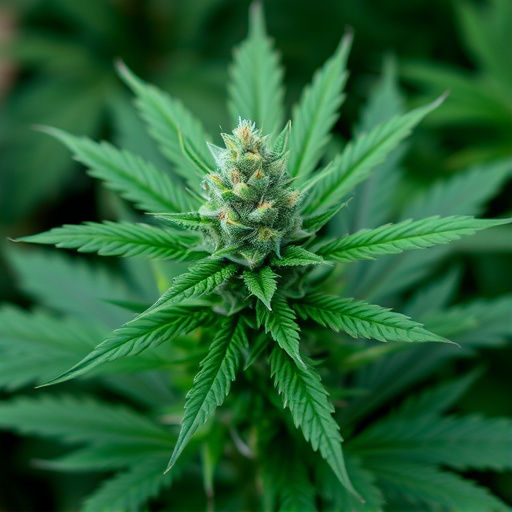
The distinct aroma of cannabis is largely attributed to a diverse group of organic compounds called terpenes, which are responsible for the unique scents and flavors we associate with different strains. Terpenes not only play a crucial role in shaping the olfactory experience of cannabis but also contribute to its therapeutic effects and potential medicinal benefits. Each terpene has its own characteristic smell, ranging from sweet and fruity to spicy and woody. When combined in complex mixtures, these terpenes create the diverse aromas we find in various cannabis strains.
The chemical structure and concentration of terpenes can vary significantly between different strains, leading to variations in their scent profiles. For instance, myrcene, a common terpene, is known for its earthy, musky notes and often contributes to the ‘skunky’ smell associated with certain strains. Limonene, on the other hand, offers a refreshing citrusy aroma, while pinene provides a piney scent. These differences in terpene profiles can significantly impact how a cannabis strain smells and even suggest potential effects, as some terpenes are linked to specific physiological responses, adding another layer of complexity to understanding cannabis strains and their effects.
– Specific terpenes associated with skunkiness (e.g., Myrcene, Limonene)

The distinct skunk-like aroma in certain cannabis strains is largely attributed to specific terpenes, namely Myrcene and Limonene. Myrcene, with its earthy and musky notes, is one of the most prevalent terpenes in cannabis and is often linked to a more potent and sedative effect. This terpene’s strong scent acts as a natural defense mechanism for the plant, warding off potential threats. On the other hand, Limonene offers a bright citrusy fragrance that can enhance the overall flavor profile of a strain while potentially providing uplifting and mood-boosting effects.
The balance and concentration of these terpenes vary across different cannabis strains, leading to a wide range of aromas and associated experiences. Some strains may have higher levels of Myrcene, resulting in a more pronounced skunkiness and potentially deeper relaxation. In contrast, others might feature Limonene as the dominant terpene, creating a refreshing and invigorating scent along with an energizing effect. Understanding these terpene profiles is essential for cannabis enthusiasts as it allows them to choose strains that align with their desired effects and olfactory preferences.
The distinct skunk-like aroma in certain cannabis strains is largely due to the presence of specific terpenes like myrcene and limonene, which contribute significantly to the plant’s chemical composition. Understanding these terpene profiles offers insight into why different cannabis strains vary in their scent and potential effects, enabling consumers to make informed choices based on their desired sensory experience.



